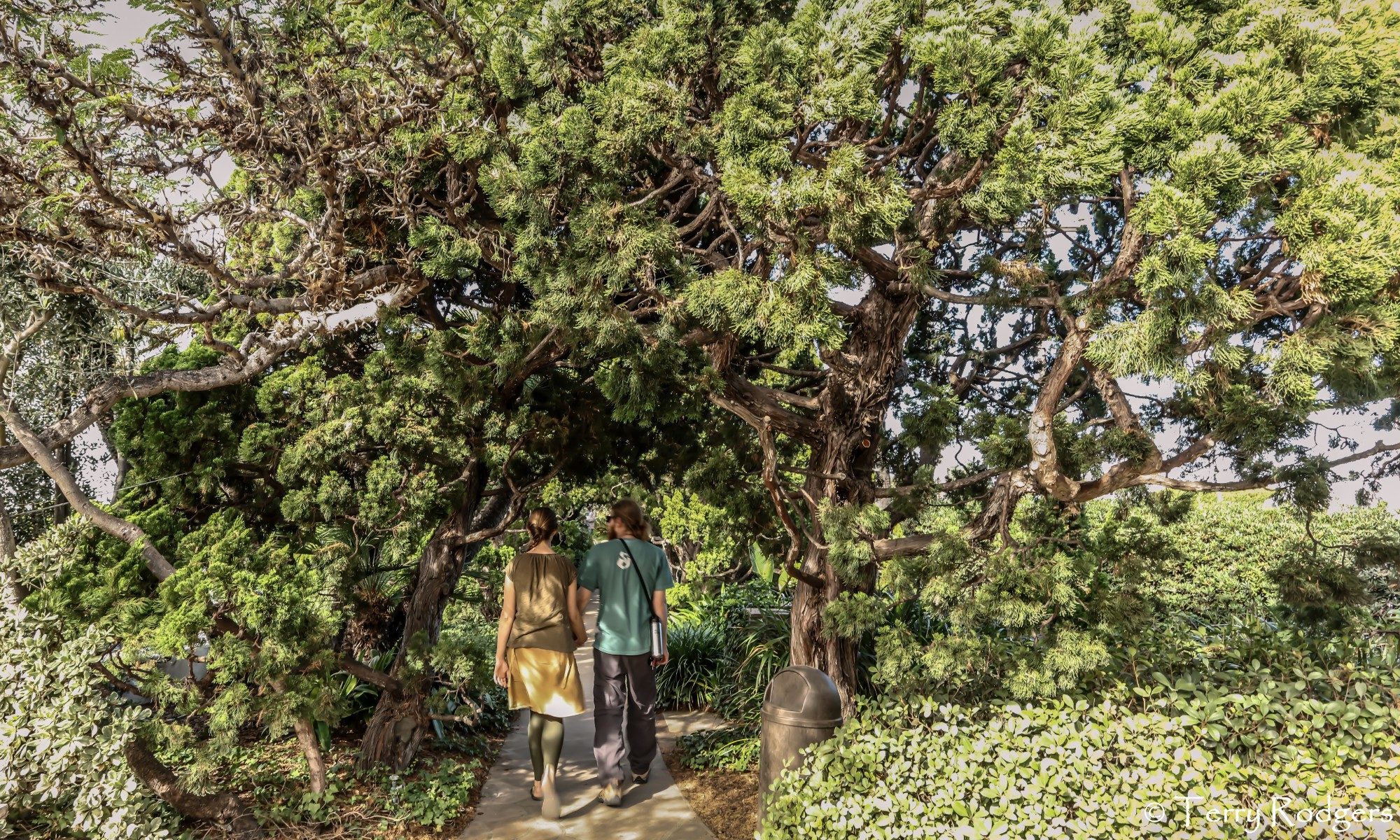The proposed FY 2020 Budget for the City of San Diego includes a $1.1 million reduction in tree maintenance. The reasons are the same (as the previous two years, when reductions of $900,000 were proposed but were eventually funded. Again, public (and professional) comment is essential to restore this funding. This blog provides some key messages for budget advocacy, and links to key FY 2020 budget documents.
Budget Hearings, May 1-2
The Council held budget hearings, and the Independent Budget Analyst (IBA) and most of the Councilmembers questioned the wisdom of these reductions and called for restoration. Community members spoke, and key messages were:
- Parks & Recreation: addition of tree trimmer and pesticide applicator were positive, that the reduction of three park rangers was unwise (and Parks director announced that the Mayor’s “May revise” budget would restore these).
- Sustainability: climate change will transport our lives and natural environments, and climate action may be the most impactful investment that the City makes, and that Climate Action Plan is not being implemented when tree canopy declines due to lack of maintenance.
- Transportation & Stormwater: past and current Council support for level urban forestry funding, implications of not maintaining trees, urgency of planting healthy trees in the next five years to ensure tree canopy and healthy neighborhoods in the next 25 years; others identified the backlog of entering and addressing Get it Done reports (view video at http://sandiego.granicus.com/MediaPlayer.php?view_id=54&clip_id=7696 .
- Councilmembers asked about reasons for proposed tree care contract reductions (to avoid FTE cuts in other programs), commented “here we go again,” commented on Urban Corps tree planting work, drew attention to liabilities and settlements related to trees, and called for the budget to be restored.
Messsages
- Trees need to be maintained in healthy conditions to continue providing shade, cool neighborhoods, storm water retention, protect City assets, and follow-through with Climate Action Plan commitments.
- Reductions in regular tree maintenance increase the likelihood of safety hazards, the City’s related liabilities, exposure to lawsuits, and future settlement costs.
- The City needs at least one additional arborist/horticulturalist in the Streets Division to oversee tree contracts this year, a Code Enforcement Officer in Development Services, and $300,000 for planting 1,500 additional street trees.
Documents
- City Council’s budget hearings, Schedule May 2019
- IBA report , Independent Budget Analyst, 4/25/19, 181 p. Page 7, Tree Trimming Reduction Tree trimming, a high priority for the community and Council, has been reduced by $1.1 million by eliminating non-palm tree routine trimming contracts. This program has been reduced for the past three years and restored by Council each time. Page 15 and 41, impacts on Climate Action Plan. Page 172-173, Streets Division. $1.1 million reduction in funding for the City’s contract to trim street trees. The FY 2019 Proposed Budget included a similar reduction, but the funding was ultimately restored using onetime funding in the Adopted Budget.
- This IBA report asserts that the budget reduction will reduce the frequency those trees are trimmed from once every 9 years to once every 43 years, effectively eliminating scheduled non-palm tree trimming. The number of non-palm trees expected to be trimmed in FY 2020 will fall from roughly 20,000 to 4,000 as a result of this reduction in funding. TSW indicates that it will still trim and maintain trees that could have immediate public safety impacts regardless of whether the particular tree posing a safety hazard is scheduled for periodic trimming. Nevertheless, reductions in regular tree maintenance can increase the likelihood of safety hazards and may increase the City’s related liabilities.
- Transportation and Storm Water Department, FY20 proposed budget T&SW . Page 627, footnote: The proposed $1.1 million reduction to non-palm tree trimming in FY 2020 will effectively eliminate all scheduled non-palm tree trimming and reduce the total number of trees trimmed to 25,000. Page 632-633, Personnel expenditures, no proposed changes. NOTE: The urban forestry contractual services reduction of $1.2 million is almost 30% of the entire T&SW Dept’s net expenditure reduction of $4.2 million. The overall Streets General Fund expenditure proposal is $55 million, 2% of which is urban forestry contracts ($2.4 million).
- Overview of April 18 meeting of Council’s Environment Committee, that focused on urban forest management, http://sdrufc.com/2019/04/10/april18/
- SDUT_article, 4/11/19, Faulconer budget closes deficit without cuts to many popular programs: Proposed $1.57B spending plan could face intense scrutiny from City Council.
- FY20 Council Budget Priorities assembled by Independent Budget Analyst, 1/31/19, 99 p. Page 3, overview, “[A] majority of Councilmembers supported budget items to meet CAP Strategy 5’s goal of increasing urban tree canopy coverage. Urban forestry items …. included additional street trees, increased contract work for tree inspection and scheduled care, an additional code enforcement officer for urban forestry, and a complete tree canopy analysis. Six Councilmembers specifically prioritized adding one Arborist/Horticulturalist position to the Streets Division.”
- Letter to Mayor and Council, January 14, 2019, with requests and rationale for additional funding and staffing.
- Reminders about benefits of trees, http://sdrufc.com/treebenefits/
- Citizens Guide to the Budget Process and FY 2019 Adopted Budget.



